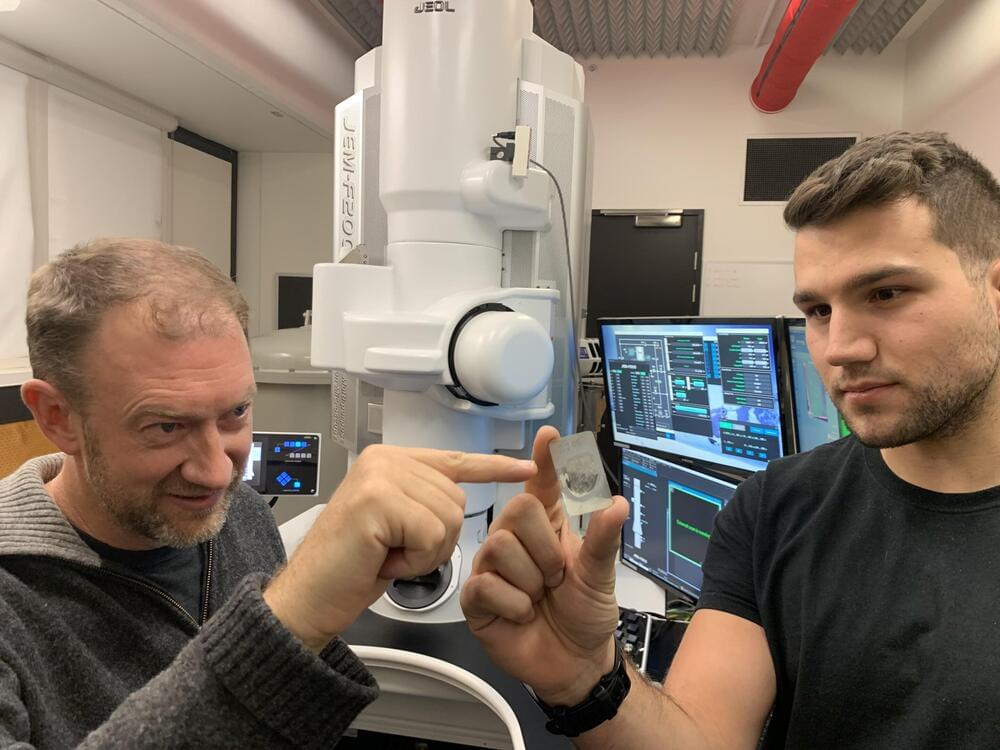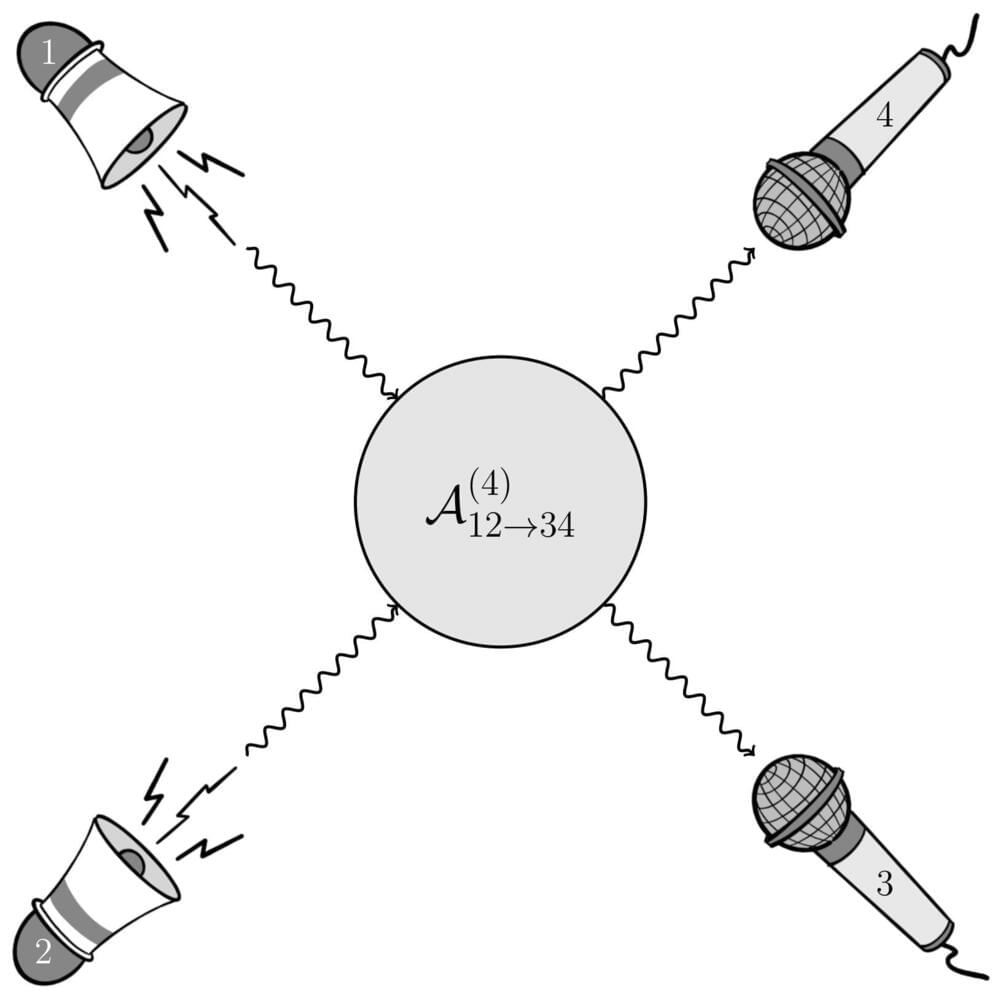Not everything needs to be seen to be believed; certain things are more readily heard, like a train approaching its station. In a recent paper, published in Physical Review Letters, researchers have put their ears to the rail, discovering a new property of scattering amplitudes based on their study of sound waves through solid matter.
Be it light or sound, physicists consider the likelihood of particle interactions (yes, sound can behave like a particle) in terms of probability curves or scattering amplitudes. It is common lore that when the momentum or energy of one of the scattered particles goes to zero, scattering amplitudes should always scale with integer powers of momentum (i.e., p1, p2, p3, etc.). What the research team found however, was that the amplitude can be proportional to a fractional power (i.e., p1/2, p1/3, p1/4, etc.).
Why does this matter? While quantum field theories, such as the Standard Model, allow researchers to make predictions about particle interactions with extreme accuracy, it is still possible to improve upon current foundations of fundamental physics. When a new behavior is demonstrated—such as fractional-power scaling—scientists are given an opportunity to revisit or revise existing theories.







